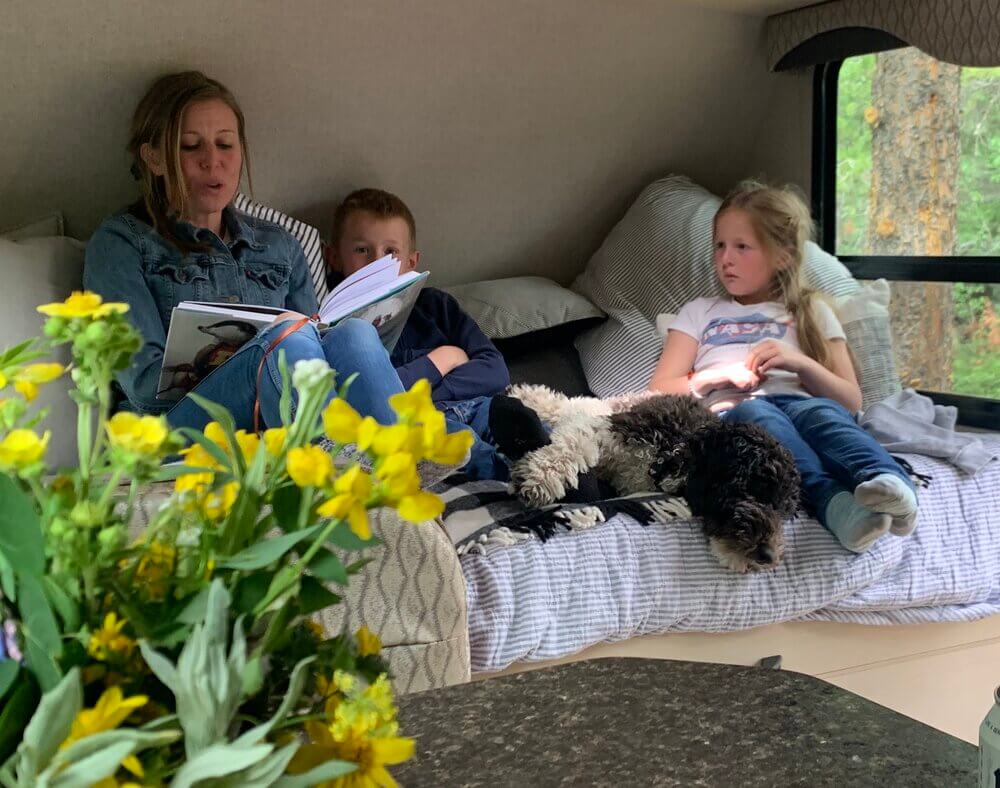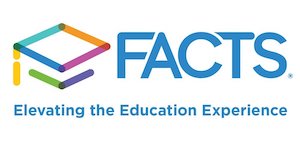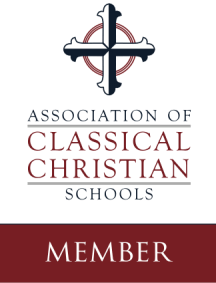The best bit of advice I was given as a new mom was to read to my children every single day, no matter their ages.
I am a rule follower who loves a plan and believes in reviewing all of the instructions before assembly, so I took this bit of advice earnestly – especially for my youngest, who is the type of child that really should have come with an instruction manual.
Reading to children builds a bond like nothing else can. It is good even for babies who don’t yet understand words. It gives both mother and child an opportunity to sit still, as close to one another as physically possible, and to go on adventures together, laugh together, and learn each other’s voices, sounds, and reactions. As kids get older, the adventures get bigger. And though we all can experience the same story, we all feel it in different ways, a lot like life.
We happened to read Anne of Green Gables and cry together over Matthew’s dying at the same time in life that our very good, Matthew-like friend died of cancer. In a way, my children (especially my daughter) found comfort beyond what I could offer them through relating with Anne over losing someone so special. Stories help us all to cope, process, and empathize.
Reading allows a story to become one’s own, and it is a joy like no other to get to watch that happen for your child.
As a parent, I have the great honor and unique responsibility of helping to fill my children’s hearts and minds. Then I get to witness the almost magical cause and effect of the adage, “What goes in is what comes out.” Giving children stories that are full of the good, the true, and the beautiful is, in my opinion, the best tool for helping them to shape their own life stories full of goodness, truth, and beauty.
One of my favorite books to experience with my kids was The Wind and the Willows. We started reading it together one summer under a tree in our backyard while sipping mint lemonade. I never dreamed of falling so in love with a little mole, or of respecting a river rat, or of using a toad as a way of helping my kids to better understand and empathize with their oh-so-lovable yet unruly grandpa. We liked the book so much that reading it consumed our days until it was finished. We took it with us to the mountains for our weekend camping trip, reading by lantern light until we fell asleep. The next morning, the kids built a fort in the trees, and there, sitting on a rough bed of sticks and pine needles and leaning against the scratchy trunk of a blue spruce, we lost any awareness of discomfort, we lost track of time, and we lost ourselves in a beautiful world – together. We’re better for it, and I’m so grateful I got to experience that with my favorite people.
Where we read and what we read are important, but above all, reading together matters most.
A part of the mission of SCA is to partner with parents in the education of their children. Much thought and research has gone into the selection of the curriculum. Is it good, true, and beautiful? How can parents enter into it? The greatest example of this for me is the history curriculum Story of the World. It tells history in story form, and my children have loved it since Kindergarten, learning so much more than facts and dates. Just like they enter into the stories we read together, they enter into the stories of history, and that history becomes a part of them.
Case in point: currently, they are learning the history of England. Not only did my daughter get to play the part of William the Conqueror in class (a frighteningly appropriate role – I bet William’s mother wished that her son had come with an instruction manual, too), they also learned all about castles, and they got to use the creative sides of their brains to build their own castles. Over the weekend, my house was a mess of cardboard, popsicle sticks, and hot glue wounds. I found out that if you give a child a castle-building project, you’re probably going to get a whole feudal system to go with it. Castles completed, the kids spent the entire weekend playing serfs in a fort that they built. They had a field they could plow with their rocking horse, a fireplace made of construction paper (properly located in the center of their serf home), and a lunch of peasant bread.
And it was all because of a story their teacher had read to them.
There are heart-changing benefits of reading together. Not only was this the best advice I’ve received for parenting, but it was also the best first step in engaging in my children’s education. The stories we share together are their education. Whether the Miller kids are acting the part of poor English serfs or the March little women are acting out Pilgrim’s Progress, our children take ownership of their education by imaginatively engaging stories.
Written by: Danette Miller – Vice Chairman of the Board | Summit Classical Academy





